Subtotal
$0
U.S. Shipping
FREE
Saved for Later
Shopping Cart
Subtotal
$0
U.S. Shipping
FREE
Saved for Later
Impasto painting techniques have been used throughout history to give paintings that luscious texture that Erin Hanson's collectors love. While it is most commonly seen in impressionist artwork, impasto has been used for centuries to create thickly layered works that make you want to run your fingertips across each ridge.
In this article, we will share more about this technique, including what it is and the history of its use up until the modern day.
What is the Impasto Painting Technique?
The impasto painting technique involves applying thick layers of paint to a surface utilizing a brush, palette knife, or other exciting tools like spatulas, sponges, or even fingers. This application adds a textured or three-dimensional effect to the piece, allowing the artist to create a sense of depth, volume, and movement in the artwork. The term "impasto" is derived from the Italian word for "paste" or "dough," which accurately describes the consistency of the paint used in this technique.
While impasto is most often associated with oil painting, it can be used with other types of paint, including acrylic, gouache, and even watercolors. Additives can be mixed into the various paint types, changing the viscosity, adding a unique quality to each piece, and affecting drying times.
The texture created by impasto changes how light interacts with the painting, resulting in fascinating effects of light and shadow. The raised surfaces of the paint catch the light differently, creating a sense of depth and luminosity. To add to this effect, impasto can be combined with other techniques like underpainting or glazing, changing the painting's textural effects and hue variations.
Overall, the impasto painting technique offers artists a way to add dimension and expressiveness to their work through the physicality of the paint. This versatile technique can create various effects, from adding subtle texture to building bold, sculptural forms.
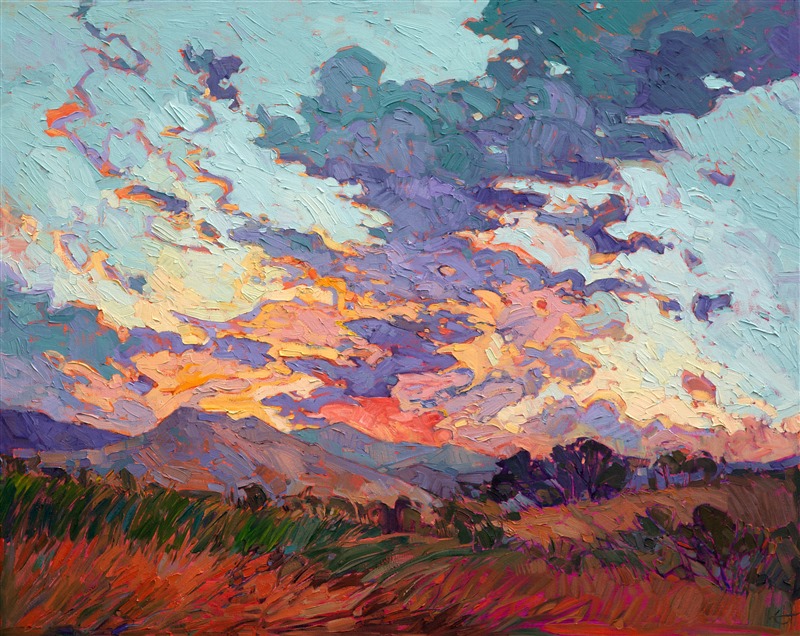
Amethyst Clouds by Erin Hanson
Who Used the Impasto Painting Technique First?
While it is popularly known that Vincent van Gogh used impasto for many of his paintings, this technique is far older than van Gogh. It dates back to the 16th century.
The most commonly agreed upon first use of impasto was by the Venetian Renaissance artists Titian and Tintoretto. Works like Titian's Assumption of the Virgin in the Basilica dei Frari (c. 1518) and Tintoretto's Self Portrait (c. 1548) both show uses of impasto painting technique, adding additional depth and texture to significant figures in the works.
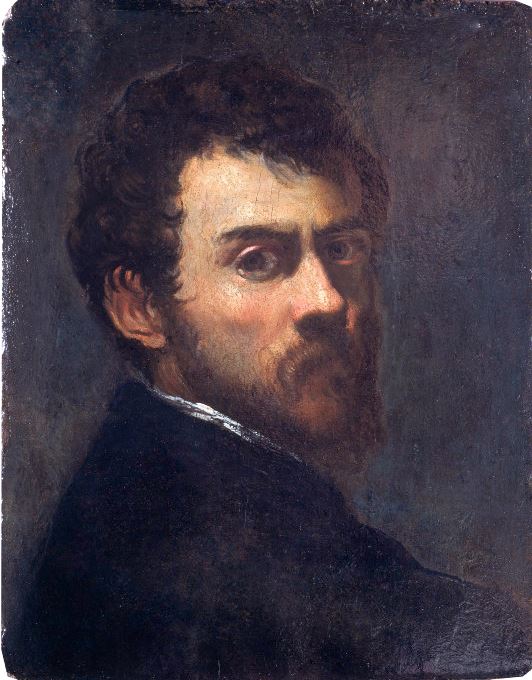
Self Portrait by Jacopo Tintoretto
Other artists from the 1500s and beyond embraced impasto techniques. Below, we will briefly overview who has used this technique over the centuries and how it has evolved.
How Has Impasto Painting Evolved Over Time?
Impasto is almost synonymous with modern art and with the impressionist movement. As noted above, however, it is a much older technique than these relatively contemporary movements.
In some ways, impasto techniques coincided with oil paints' development and widespread use. Painter Jan van Eyck brought oils into general use in the 15th century. After about 100 years of oil paintings, artists began experimenting with their techniques, applications, and brush strokes. With that experimentation came impasto.
While Renaissance painters are first credited with using impasto, the popularity of refined, almost invisible brushstrokes lasted until the Baroque period in the 17th century. This was when artists like Rembrandt and Caravaggio used impasto techniques to create dramatic and tactile effects in their paintings.
Bold works like Rembrandt's Bathsheba at Her Bath (c. 1654) and Caravaggio's The Calling of Saint Matthew (c. 1600) showcase the impasto techniques used throughout their careers.
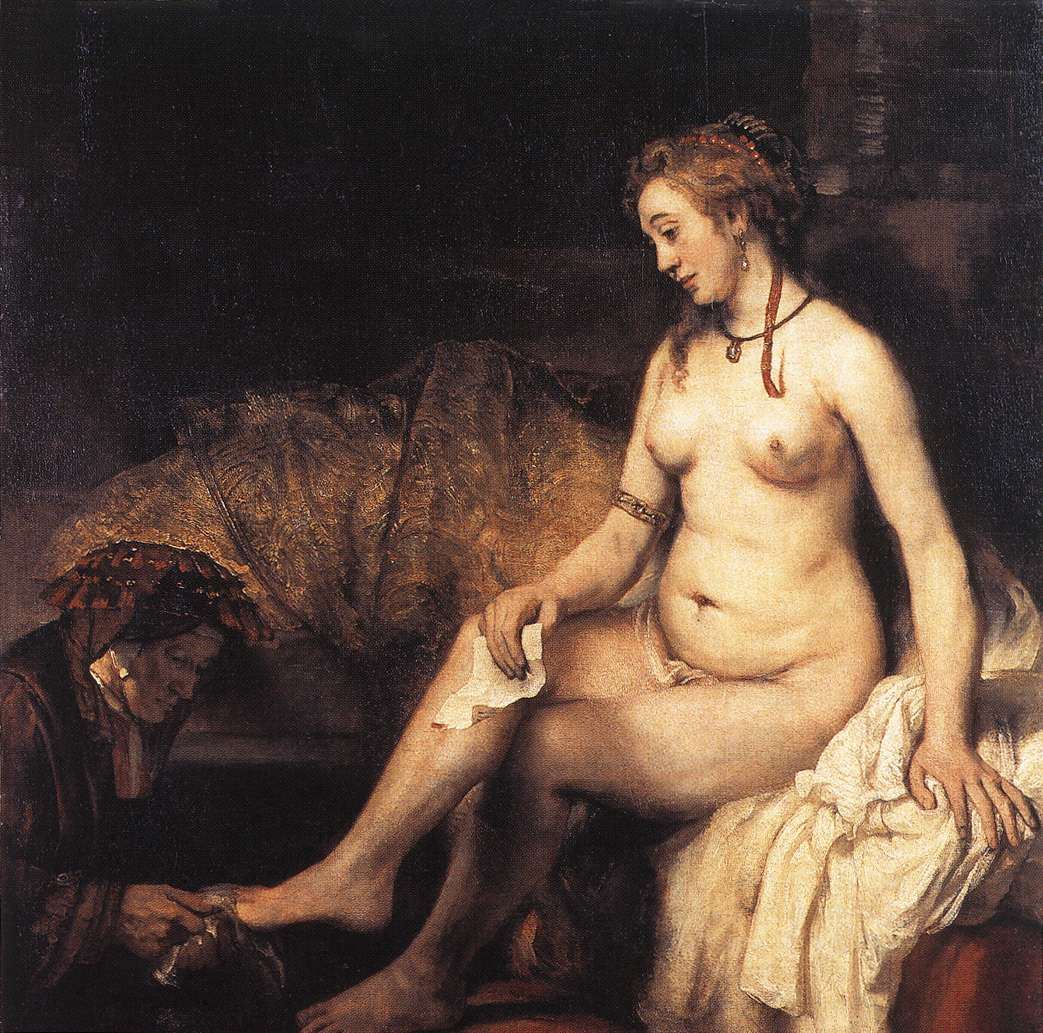
Bathsheba at Her Bath by Rembrandt
Other artists who used impasto techniques in the 17th and 18th centuries include Baroque painter Peter Paul Rubens (1577-1640), Baroque painter Diego Velázquez (1599-1660), and Romanticist John Constable (1776-1837).
While significant artists utilized impasto in the 1600s-1700s, it was still not the popular technique it has become today. That popularity was driven by the rapid evolution of painting artists saw during the Impressionist period and beyond.
As noted above, Vincent van Gogh used the impasto technique. Utilizing thick layers of paint conveyed his emotions and created a sense of movement and energy in iconic works like Starry Night. Van Gogh was not the only impressionist to use this technique, however. In fact, impasto is inextricably linked to the Impressionist movement because this technique was commonly used by artists from Cézanne to Monet. The art movement depended on impasto to create that feeling of spontaneity and to reject the fine brushstrokes of yesteryear.
Impasto techniques are showcased in impressionism's most famous paintings, including Monet's Water Lilies series and van Gogh's Sunflower series. Other impressionist painters like Degas, Manet, and Renoir also used impasto techniques in a wide variety of their work.
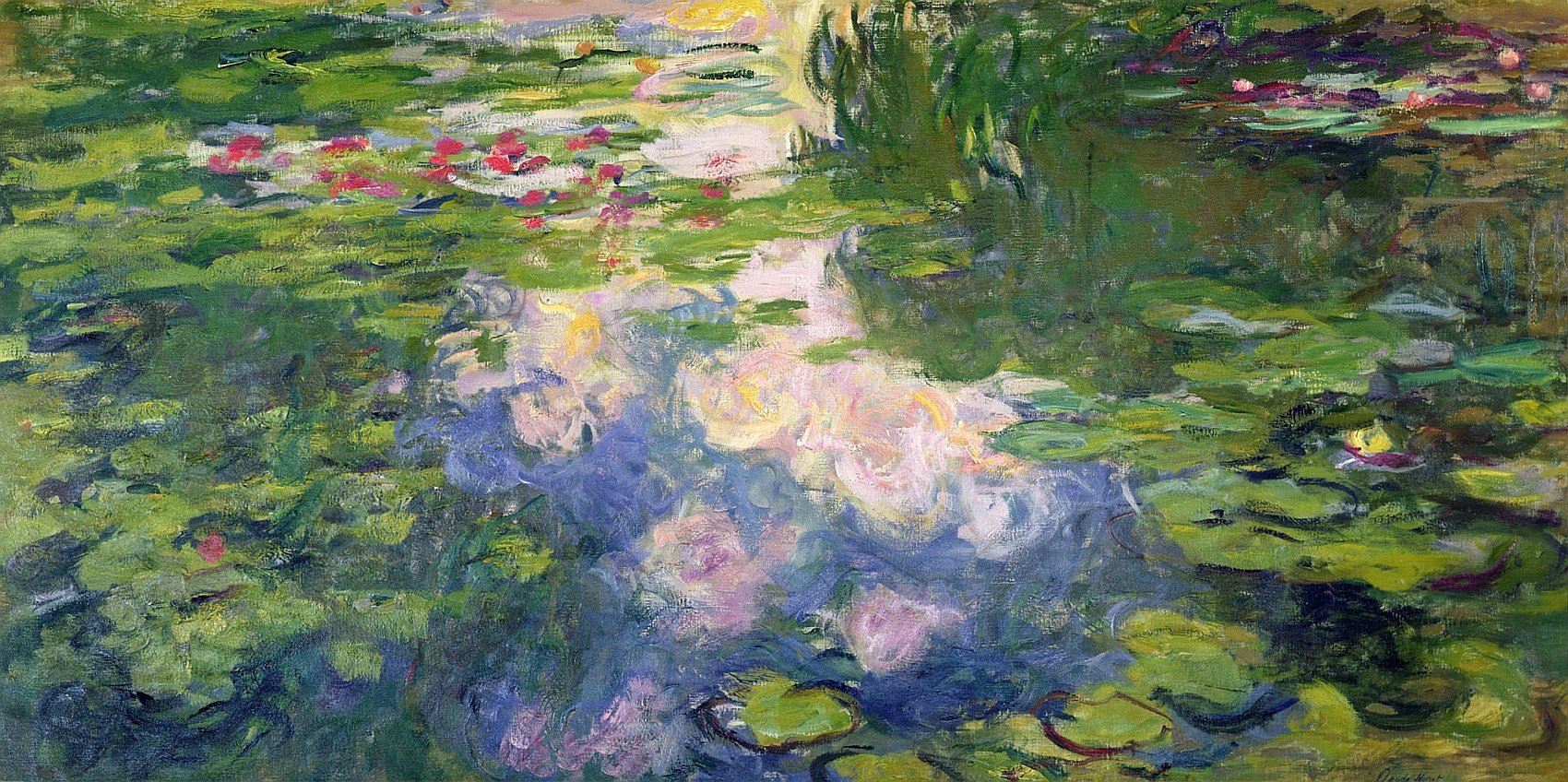
The Water Lily Pond by Claude Monet
Once impasto painting techniques were brought fully into the zeitgeist with the impressionist movement, it became a commonly utilized method of adding texture to a work. Notables like Jackson Pollock, Frank Auerbach, Jane Frank, and Yayoi Kusuma used impasto techniques to significant effect, adding richness to each piece. In some cases, the paint layers add motion to an artwork. In others, the impasto method cleverly conceals additional images. There are many ways to utilize impasto, and artists have experimented with this technique for centuries to communicate to an ever-widening audience.
While many ways exist to utilize the impasto painting technique, a modern master has emerged in Erin Hanson.
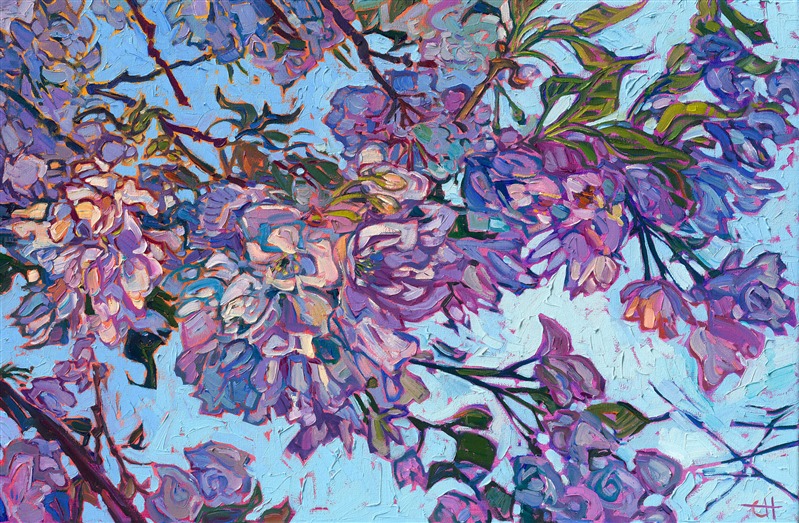
Cherry Blossoms II by Erin Hanson
Her open impressionist paintings utilize painterly, impasto brush strokes to add beautiful texture to her landscapes. For Hanson, the impasto technique builds richness and movement into the work, allowing the painting to communicate the feelings of being outside, in nature. Hanson's unique method of painting with impasto embraces the use of colored underpainting, followed by thick, impasto brush strokes that are applied without layering or blending. This lets you experience every brush stroke, and the artist uses the juxtaposition of thicker and flatter textures to pull the eye through the painting and create a sense of rhythm.
Whether you are the kind of person who runs their fingertips along waving grass and dips their hands in rushing water, or you take in the natural world using your other senses, this impasto technique adds the textural element that everyone feels when interacting with the natural world.
Learn more about Erin Hanson, explore her latest artwork, or visit The Erin Hanson Gallery to enjoy Hanson's open impressionist impasto technique firsthand.
Discover the artist at the forefront of modern impressionism.

About Erin
ERIN HANSON has been painting in oils since she was 8 years old. As a teenager, she apprenticed at a mural studio where she worked on 40-foot-long paintings while selling art commissions on the side. After being told it was too hard to make a living as an artist, she got her degree in Bioengineering from UC Berkeley. Afterward, Erin became a rock climber at Red Rock Canyon, Nevada. Inspired by the colorful scenery she was climbing, she decided to return to her love of painting and create one new painting every week.
She has stuck to that decision, becoming one of the most prolific artists in history, with over 3,000 oil paintings sold to eager collectors. Erin Hanson’s style is known as "Open Impressionism" and is taught in art schools worldwide. With millions of followers, Hanson has become an iconic, driving force in the rebirth of impressionism, inspiring thousands of other artists to pick up the brush.